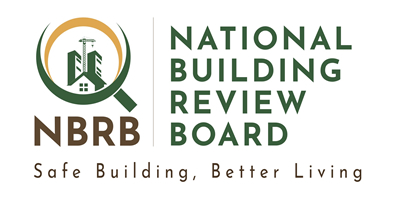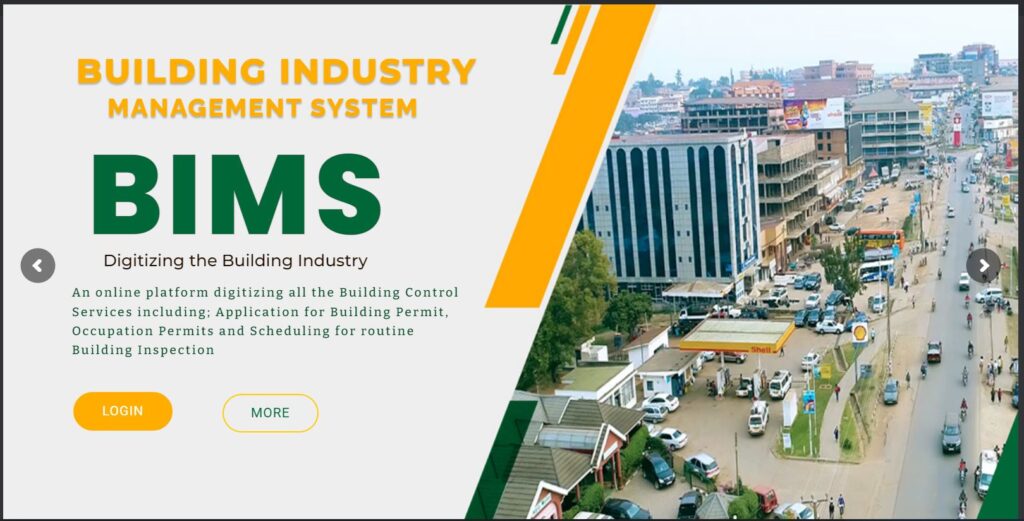Have you been facing challenges in parliament development and building control fees? Worry no more, the National Building Review Board (NBRB) and the Local Government Finance Commission (LGFC) have integrated the Building Industry Management System (BIMS) and the Integrated Revenue
Administration System (IRAS) to boost compliance and revenue generation in Local Governments.
NBRB developed BIMS to automate the building control process including building permit application, payment of building fees among others. Through BIMS a developer can apply for building and occupation permit, commit the services of registered professionals, schedule for routine building inspection and pay building control fees online.
On the other hand, the Ministry of Local government through Local Government Finance Commission (LGFC) developed IRAS which automated the revenue collection and payment processes in 166 vote-level local governments to streamline and improve revenue generation.
The integration was officially communicated to all Accounting Officers in Local Governments through a circular issued by Adam Babale the Commission Secretary, Local Government Finance Commission.
Whereas the implementation of the IRAS and BIMS digitized the development control and building control processes in the building sector, the two systems operating independently, hindered seamless service provision. For example, both systems required the same developer to submit information including developer details, professional designs/drawings, development permits, land and property ownership details among others separately.
These fragmented processes create an unnecessary administrative burden on both developers and government agencies. Developers were required to submit data in both systems for the same development leading to redundancy, increased workload and potential errors.
Local Governments further faced a challenge in tracking the building control fees as part of local revenue since fees collected through BIMS were directly channeled to the Consolidated Fund.
The implication of this situation has been the low revenue collections by local governments, building collapses, fire outbreaks which have claimed lives and property. A recent assessment in cities and municipalities by NBRB, revealed that the overall compliance of the building operations in monitored areas stood at 12.6%. The compliance level for completed building operations was 14% while that for the active construction sites was 12.6%.
Aware of this situation, both the LGFC and NBRB embarked on the process of integrating the two systems. I am happy to report that this integration has been finalised and the two systems are working as one.
Why the Integration
The integration is providing:
- Real-time data exchange and automation of processes.
- Enhanced generation, accessibility, and accuracy of development control processes and reports within BIMS.
- Users have been provided with a unified access to development and building control processes
- All local government can now access and utilise of BIMS for Building Control services.
- IRAS is now the payment gateway for BIMS related
Benefits of the Integration
- Automated monitoring of building standards and compliance levels across the country.
- Enhanced revenue administration and accountability in Local Governments through timely and efficient collection of building and development fees.
- Improved operational inefficiencies by ensuring timely permit approvals, payments and workflow.
- Enhanced Developer Experience while transferring data between the two systems and faster processing times
- Enhanced inter-agency connectivity and coordination since the systems are integrated with URA for revenue payment, USRB for company registration, Uganda National Land Information System (UgNLIS) for land verification among others.
- Improved Decision Making and Regulatory Oversight since the systems provide access to a single source of accurate data and consolidated view of development and building control activities.
In the meantime, both NBRB and LGFC are undertaking training for professionals, MDAs, the private sector and local government accounting officers about the integration.

